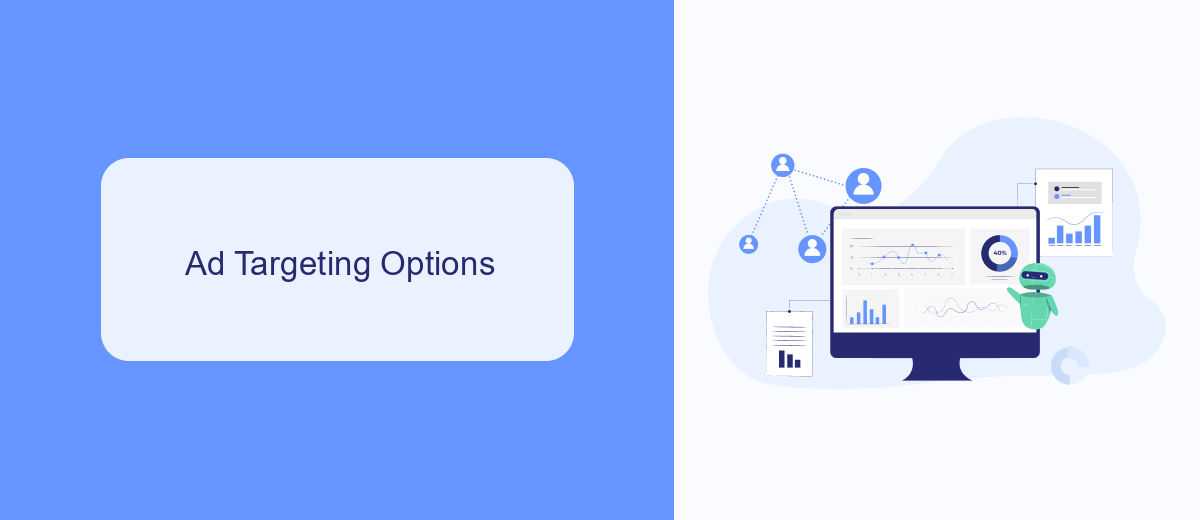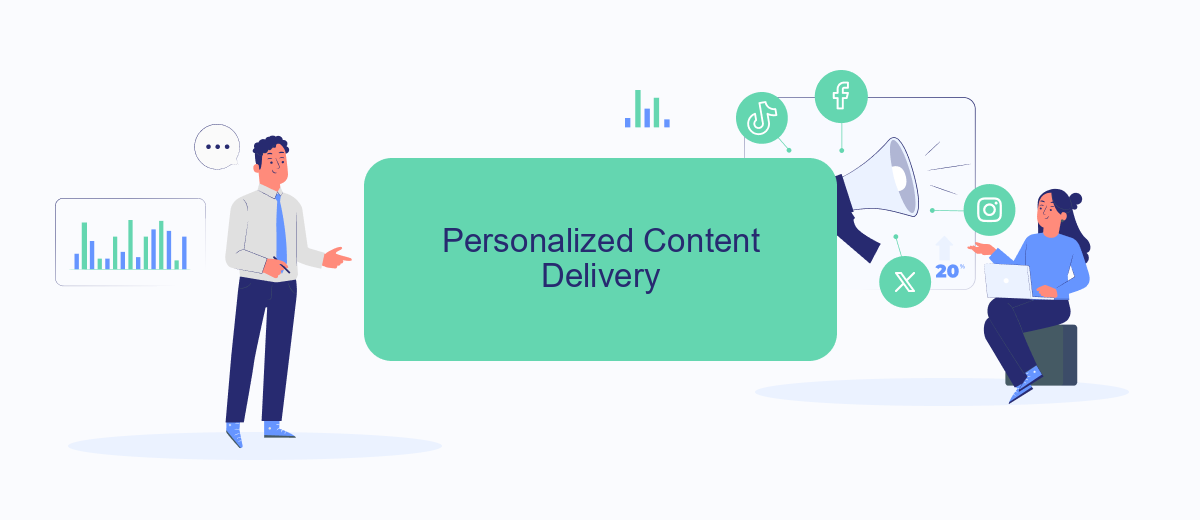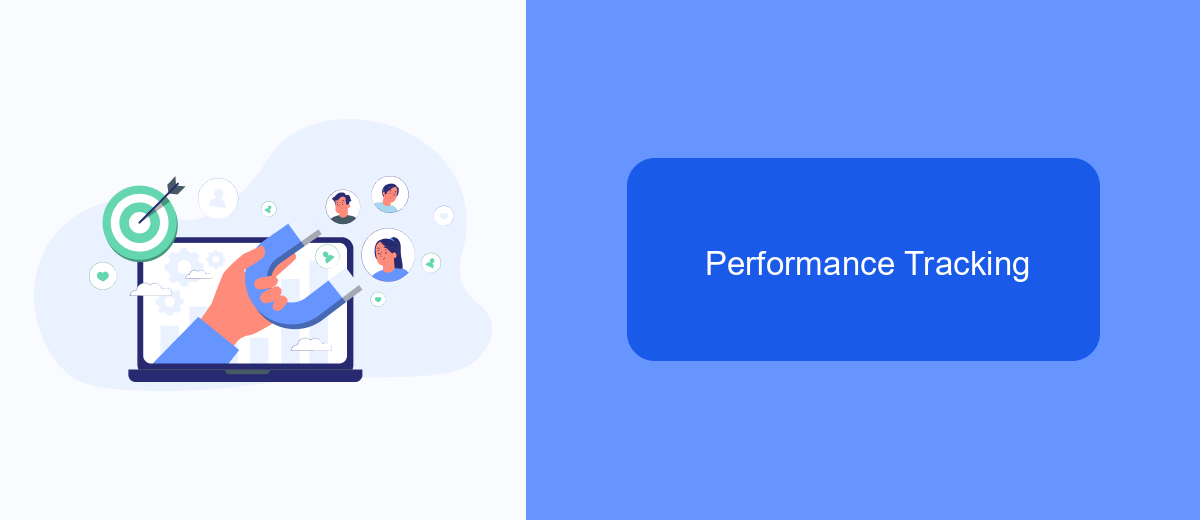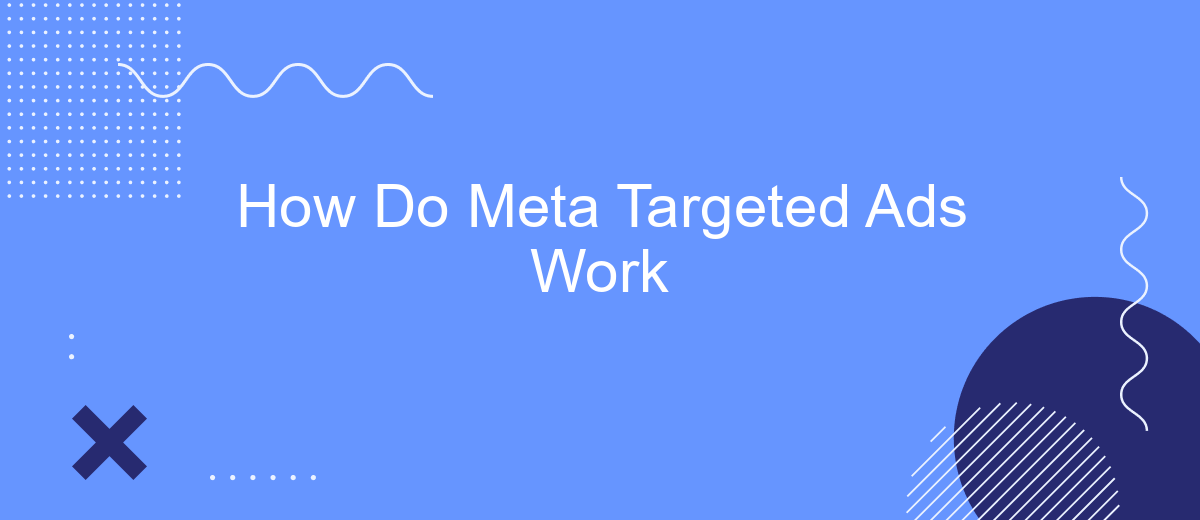Meta targeted ads are a powerful tool in the digital marketing arsenal, leveraging advanced algorithms and vast user data to deliver personalized advertising experiences. By analyzing user behavior, interests, and demographics, Meta can serve ads that are highly relevant to individual users, increasing engagement and conversion rates. This article explores the mechanics behind Meta’s targeted ads and how they benefit both advertisers and consumers.
Meta User Profiling
Meta's user profiling is a sophisticated process that involves collecting and analyzing user data to create detailed profiles. These profiles help Meta deliver highly targeted ads to users, ensuring that the ads are relevant and engaging. The data collected includes user behavior, interests, demographics, and more.
- Behavioral Data: Information about how users interact with Meta's platforms, including likes, shares, and comments.
- Interest Data: Topics and content that users frequently engage with.
- Demographic Data: Age, gender, location, and other personal details.
- Device Data: Information about the devices users use to access Meta's platforms.
By leveraging this data, Meta can create comprehensive user profiles that allow for precise ad targeting. Integration services like SaveMyLeads can further enhance this process by automating data collection and synchronization across various platforms. This ensures that the user profiles are always up-to-date and accurate, leading to more effective ad campaigns.
Ad Targeting Options

Meta offers a range of ad targeting options designed to help advertisers reach their desired audience with precision. These options include demographic targeting, which allows advertisers to select specific age groups, genders, and languages. Geographic targeting enables ads to be shown in particular locations, from countries to cities or even specific neighborhoods. Behavioral targeting focuses on users' past activities, such as pages they’ve liked or content they’ve interacted with, ensuring ads are shown to those most likely to be interested.
Interest targeting allows advertisers to reach users based on their hobbies and interests, while lookalike audiences help in finding new users similar to existing customers. Additionally, Meta provides custom audience targeting, which lets advertisers upload their own customer data to create personalized ad experiences. For businesses looking to streamline their ad targeting processes, services like SaveMyLeads can be invaluable. SaveMyLeads automates the integration of lead data from various sources, ensuring that your ad campaigns are always targeting the most relevant and up-to-date audience segments.
Personalized Content Delivery

Personalized content delivery is a crucial aspect of Meta's targeted ads. By leveraging user data such as browsing history, interests, and demographic information, Meta can tailor advertisements to individual preferences, enhancing user engagement and ad effectiveness.
- Data Collection: Meta gathers data from user interactions on its platforms, including likes, shares, and comments.
- Segmentation: Users are segmented into different categories based on their behaviors and interests.
- Ad Matching: Advertisers create content tailored to these segments, ensuring higher relevance and engagement.
- Delivery: The personalized ads are then delivered to the targeted audience, optimizing ad spend and performance.
Utilizing tools like SaveMyLeads can further enhance this process by automating the integration of various data sources into Meta's advertising platform. This ensures that the most accurate and up-to-date information is used for ad targeting, leading to more effective personalized content delivery and improved ROI for advertisers.
Performance Tracking

Performance tracking is a crucial aspect of understanding how well your meta targeted ads are performing. By monitoring various metrics, you can gain insights into the effectiveness of your campaigns and make data-driven decisions to optimize them further.
One of the primary tools for tracking ad performance is the use of analytics platforms that provide detailed reports on key performance indicators (KPIs). These platforms allow you to measure metrics such as click-through rates, conversion rates, and return on ad spend (ROAS).
- Click-through rate (CTR): Measures the percentage of users who clicked on your ad after seeing it.
- Conversion rate: Indicates the percentage of users who completed a desired action after clicking on your ad.
- Return on ad spend (ROAS): Calculates the revenue generated for every dollar spent on advertising.
Integrating these analytics with automation tools like SaveMyLeads can further streamline the process. SaveMyLeads helps by automatically collecting and organizing lead data from various sources, ensuring you have accurate and up-to-date information to analyze your ad performance effectively.
Optimization and Refinement
Optimization and refinement are crucial steps in ensuring the effectiveness of Meta targeted ads. By continuously analyzing campaign performance, marketers can identify which ads are resonating with the audience and which are not. This process involves A/B testing different ad variations, adjusting targeting parameters, and fine-tuning ad creatives based on user engagement metrics. Utilizing tools like SaveMyLeads can further streamline this process by integrating various data sources, enabling more informed decision-making and quicker adjustments.
Regularly updating and refining your ads helps maintain their relevance and effectiveness over time. By leveraging real-time data and advanced analytics, businesses can adapt their strategies to changing market conditions and audience behaviors. SaveMyLeads, for instance, offers automated workflows that can sync and update your ad campaigns with the latest customer data, ensuring that your targeting remains precise and your ads continue to perform optimally. This continuous cycle of optimization and refinement is key to maximizing the return on investment for Meta targeted ads.
- Automate the work with leads from the Facebook advertising account
- Empower with integrations and instant transfer of leads
- Don't spend money on developers or integrators
- Save time by automating routine tasks
FAQ
What are Meta targeted ads?
How does Meta determine which ads to show me?
Can I control the types of ads I see on Meta platforms?
How do businesses create targeted ads on Meta?
Is my personal data safe when Meta targets ads to me?
SaveMyLeads is a simple and effective service that will help you automate routine tasks and optimize business processes. Stop wasting time uploading leads from Facebook manually – you can do it automatically, saving a lot of time and money. Eliminate routine from workflows and achieve more with minimal investment of money, effort and human resources.

